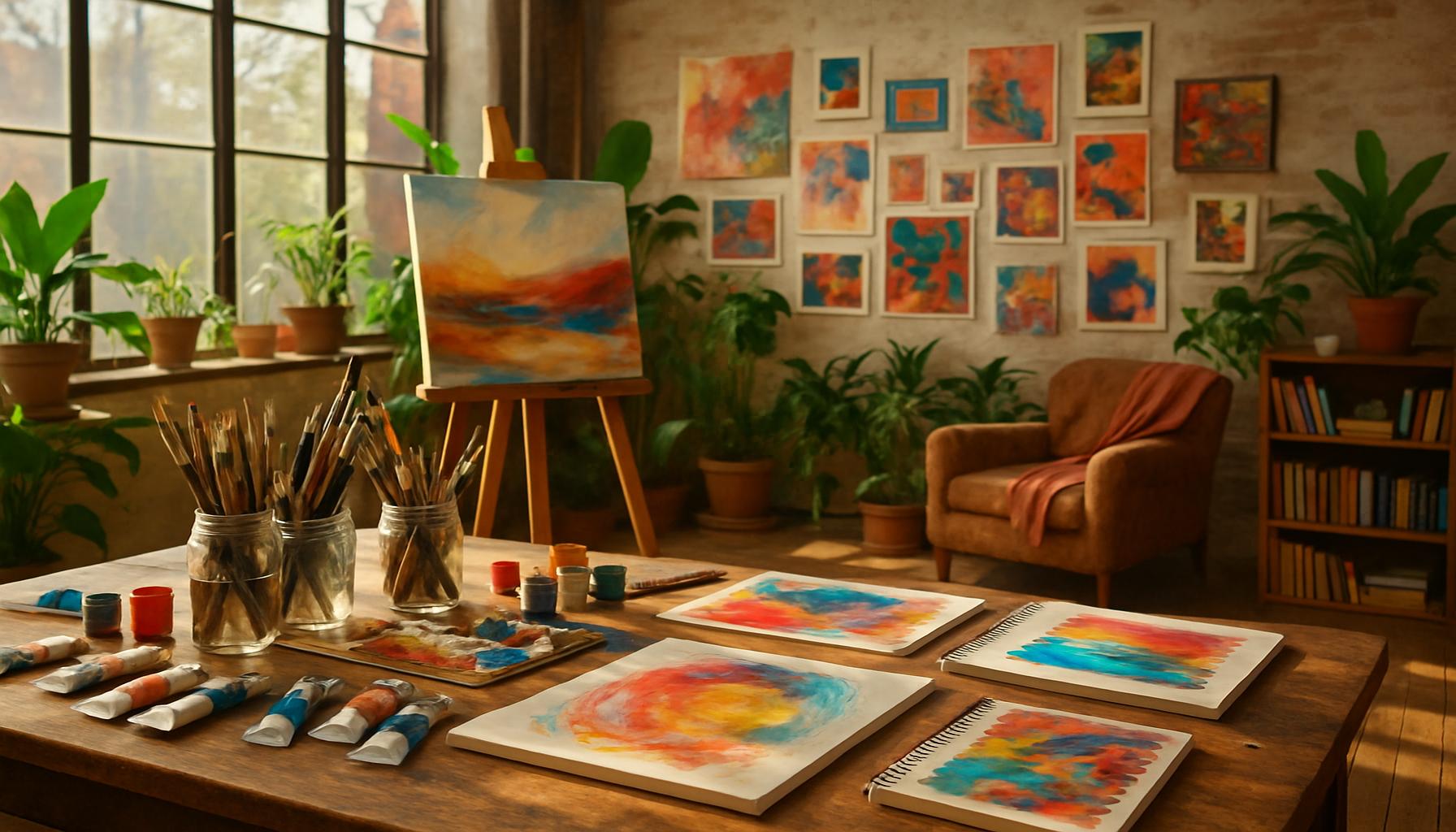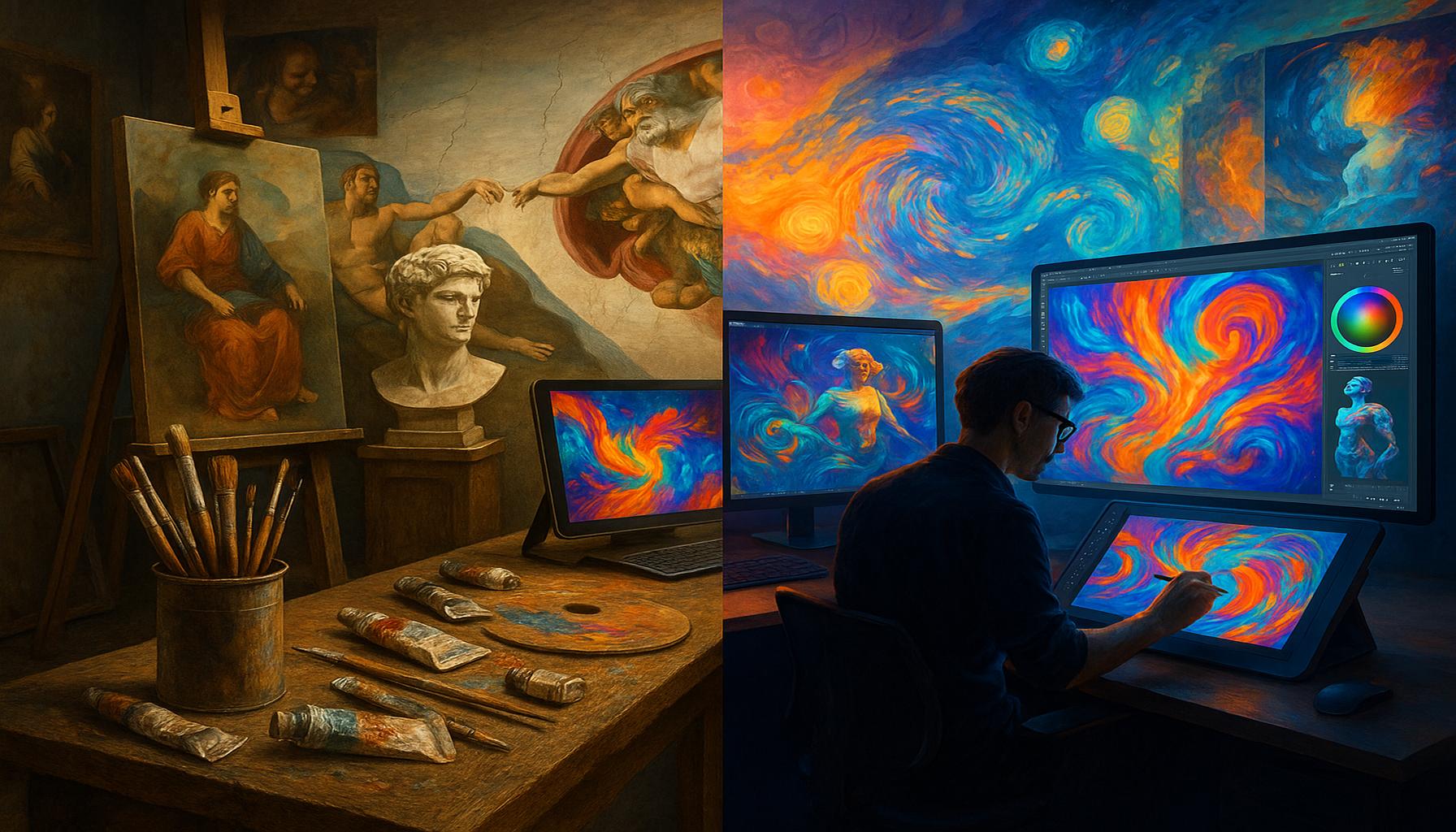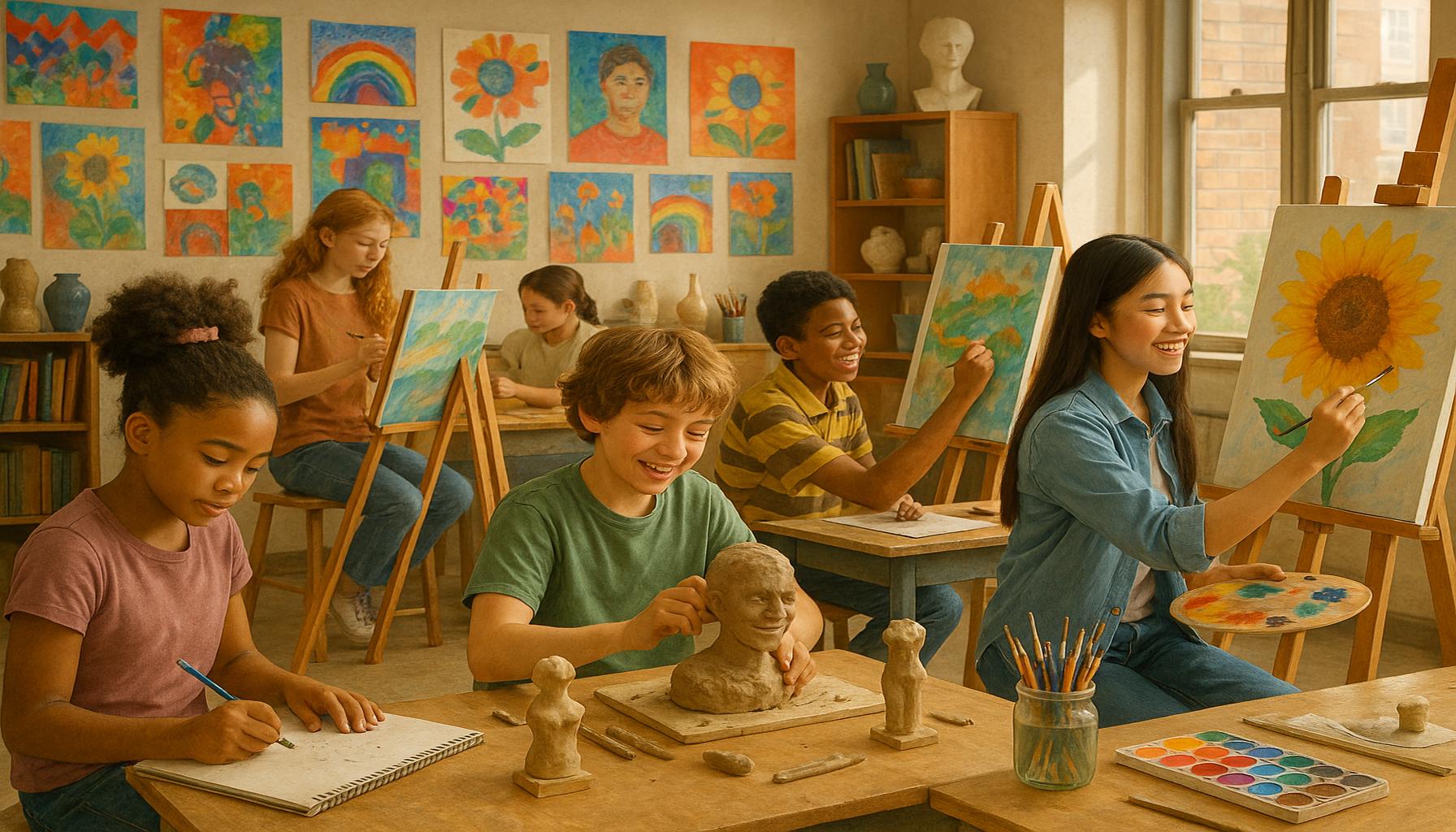Artistry and Technology: The Rise of AI-Generated Art and Its Implications
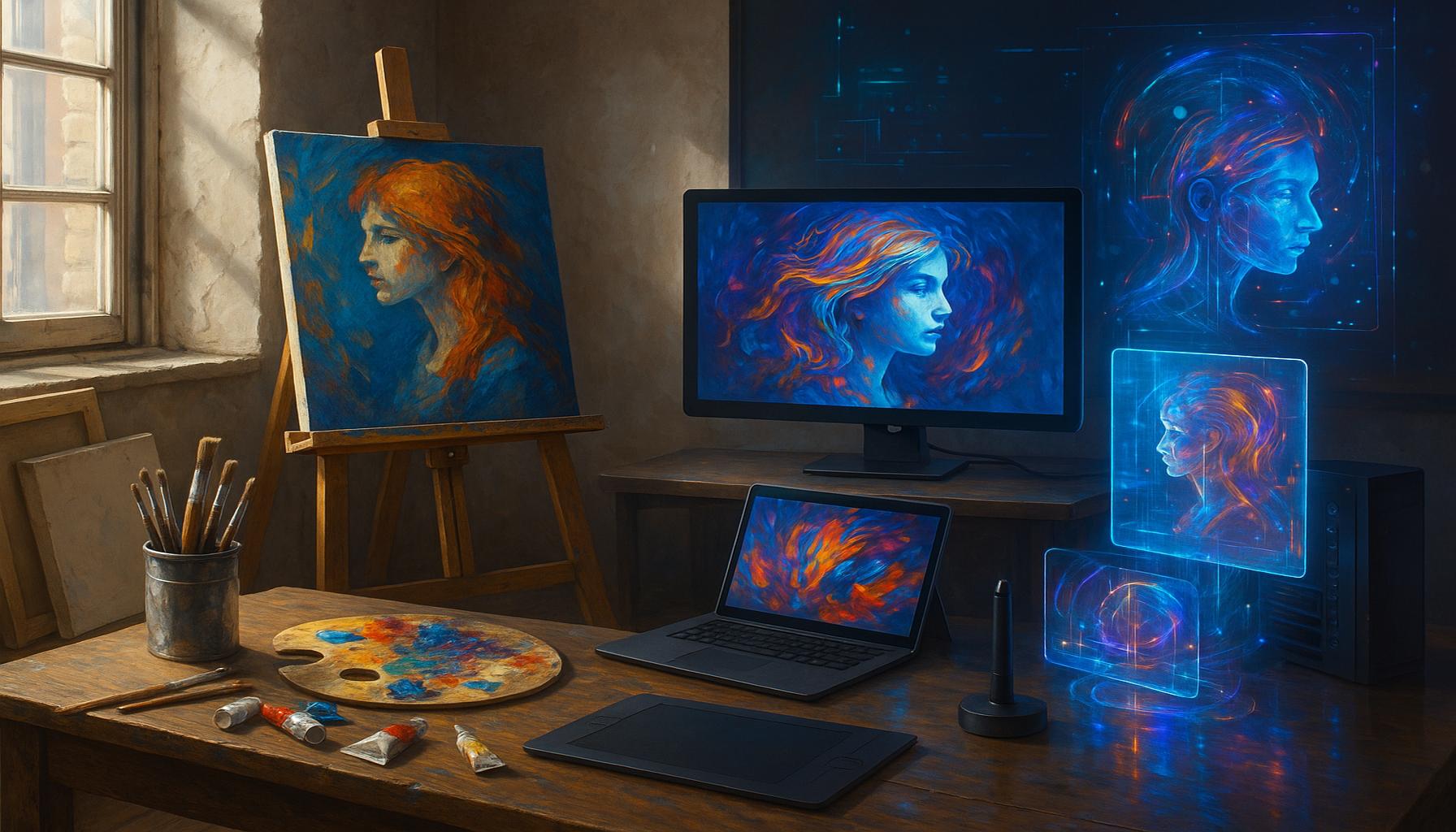
Exploring the New Frontier of AI-Generated Art
The intersection of artistry and technology is experiencing a revolutionary shift that has captured the attention of artists, critics, and technologists alike. With rapid advancements in artificial intelligence, AI-generated art is not only becoming a significant player in the creative landscape but also challenging our understanding of creativity itself. This emerging field raises essential questions about authenticity, ownership, and the future of human expression in the arts.
Trends Driving AI Art’s Popularity
Several trends are shaping the phenomenon of AI-generated art, highlighting its incredible potential:
- Emerging Tools: Innovative platforms like DALL-E, developed by OpenAI, and DeepArt utilize sophisticated algorithms to create stunning artworks based on user prompts. For example, DALL-E can generate images from descriptive text, allowing users to visualize concepts that may not even exist. This technology combines the analytical prowess of AI with the imaginative power of art.
- Accessibility: One of the most democratizing aspects of AI-generated art is its accessibility. Both artists and non-artists can produce unique pieces with minimal technical skills. Applications such as Artbreeder and Runway ML allow everyday users to create visual art, enabling a broader audience to engage with artistic expression, streamlining the creative process.
- Unique Styles: AI can adeptly mimic a wide array of art styles, from classical masterpieces to modern digital forms. Artists can blend the techniques of Picasso with contemporary aesthetics, producing outputs that challenge traditional boundaries. This ability to hybridize styles opens up new avenues for innovation.
Critical Considerations in AI Art
However, the implications of AI-generated art extend far beyond aesthetics and creativity. They prompt critical considerations that society must address:
- Copyright Issues: As AI becomes more prevalent in art creation, the question of ownership arises: Who owns the work produced by an AI algorithm? Is it the programmer, the user who prompted the AI, or the AI itself? Legal frameworks are struggling to keep up with these challenges, creating a murky landscape for creators and innovators.
- Economic Impact: Another significant concern is whether AI will displace traditional artists or create new opportunities for collaboration. As galleries and museums begin to exhibit AI-generated works, traditional artists might find themselves facing both competition and potential partnerships with technology.
- Authenticity and Value: Finally, societal perceptions of authenticity and value are shifting. Marketers and art collectors wrestle with how to value creations made without human emotion or intention. Can an artwork be considered valuable if it is produced by an algorithm rather than a human soul?
Navigating the Future
As technology continues to advance, understanding the implications of AI-generated art becomes increasingly vital. With ongoing discussions at the crossroads of artistry and technology, it is crucial for artists, policymakers, and society at large to engage in these dialogues. The potential and challenges of AI in the art world are vast, offering a fascinating glimpse into a future where human creativity and technological innovation intersect in profound ways.
DISCOVER MORE: Click here to uncover the secrets of vertical gardening
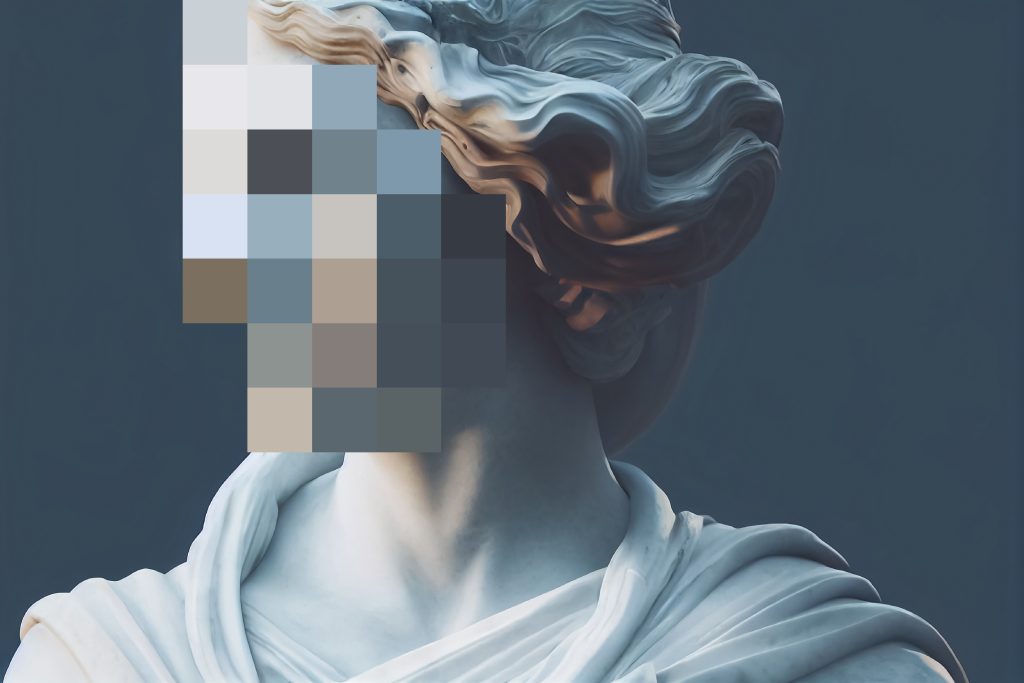
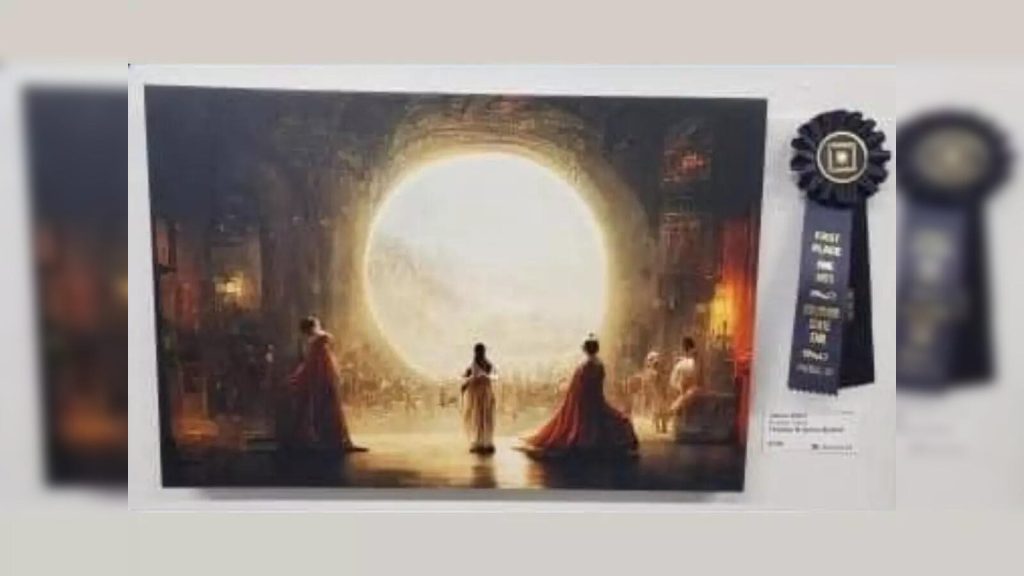
The Evolution of AI in the Art World
The advent of artificial intelligence in the art realm marks a significant milestone in the evolution of creativity. Over the past few years, we have witnessed a surge in AI’s ability to generate captivating visuals that rival traditional artistic expressions. This transformation is not merely a technological fad; it’s a fundamental shift that redefines our understanding of what art can be.
The Mechanics Behind AI Art Generation
The process of creating AI-generated art varies across platforms, but a core component involves machine learning algorithms. These algorithms analyze vast datasets of existing artworks, learning to identify patterns, styles, and elements that define artistic expression. DALL-E, for instance, utilizes a method called transformer architecture, which allows it to generate unique images from textual descriptions by understanding and interpreting the nuances of human language.
This neural network-based approach not only equips AI with a remarkable ability to mimic artistic styles but also enables it to innovate by merging diverse influences. The results are often unexpected, leading to an explosion of creativity that pushes the envelope of conventional art.
AI Art in Practice
Real-world applications of AI-generated art are becoming increasingly prevalent across various platforms and industries. Consider the following examples:
- Film and Animation: AI tools are now being employed in the film industry to create conceptual art and storyboard sequences, allowing filmmakers to visualize scenes before production begins. This technology can expedite pre-production processes and stimulate creative brainstorming.
- Advertising: Marketers are harnessing the power of AI to generate eye-catching visuals tailored for their campaigns. AI can analyze audience reactions and adapt its designs accordingly, ensuring that the artwork resonates with its target demographic.
- Custom Art Creation: Platforms like Artbreeder allow users to create personalized art by adjusting parameters like color, style, and composition. This democratization of art enables individuals without formal training to express their creativity, fostering a community centered around collaborative artistic exploration.
Furthermore, AI-generated art is increasingly being embraced by traditional galleries and museums, with exhibitions showcasing the unique outputs produced by algorithms. These exhibitions challenge conventional curatorial practices, prompting conversations about how art is defined and appreciated in a digital era.
The Debate on Artistic Integrity
As AI-generated art gains traction, a vital conversation emerges around the implications for artistic integrity. Critics raise concerns about the superficiality of art produced without human emotion, questioning whether a computer-generated piece can evoke the same depth of feeling as a work created by a human artist. This debate compels audiences to reconsider the essence of artistry—does creativity reside solely in the hands of the artist, or can machines also be considered creators in their own right?
The exploration of AI-generated art continues to reshape not only artistic practices but also cultural discourses surrounding the nature of creativity. As these dialogues expand, they lay the groundwork for understanding the profound impact of technology on the future of art.
| Advantages | Implications |
|---|---|
| Creativity Enhancement | AI assists artists in exploring new styles and motifs. |
| Efficiency & Speed | Reduced time for creative processes, allowing artists to focus on conceptualization. |
| Accessibility | AI tools democratize art creation, enabling novices to produce viable art. |
| Collaborative Opportunities | Encourages cross-disciplinary partnerships between artists and technologists. |
As AI-generated art continues its ascent, the fusion of artistry and technology is reshaping traditional paradigms. Artists now face exciting opportunities to enhance their creative capacities, demonstrating that technology can be an ally rather than an adversary. Through the added layers of creativity and efficiency, artists are experiencing a transformation in their workflows, enabling deeper exploration of conceptual frameworks.Accessibility is another pivotal aspect, breaking barriers that once confined artistic expression to a select few. Emerging platforms are empowering newcomers with sophisticated tools to engage creatively. Coupled with collaborative opportunities, this new landscape presents a rich tapestry of innovation, encouraging artists to explore uncharted territories.The implications of these advancements extend beyond mere aesthetics, compelling a rethinking of ownership, authorship, and the intrinsic value of art in a tech-dominant world. As these discussions unfold, it becomes imperative to critically assess how this technological rise intersects with our cultural identity and artistic legacy.
DIVE DEEPER: Click here to unlock the art of storytelling
The Cultural Impact of AI-Generated Art
The rise of AI-generated art heralds a cultural transition that extends beyond the boundaries of traditional creation. As technology increasingly integrates itself into artistic practices, it poses profound questions about authorship, accessibility, and the very nature of creativity. The implications of these changes ripple through various cultural sectors, shaping the way society engages with art.
Redefining Authenticity and Ownership
One of the primary discussions surrounding AI-generated art centers on the concepts of authenticity and ownership. When a machine produces an artwork, who is the true creator? Is it the programmer who designed the algorithm, the user who inputs the commands, or the AI itself? Legal frameworks currently struggle to keep pace with these developments, leading to uncertainty about the copyright of machine-generated works.
For instance, in 2018, an AI-generated portrait titled “Edmond de Belamy” was auctioned at Christie’s for a staggering $432,500. This sale ignited widespread debate around ownership, as the artwork raised questions about whether an AI can claim any rights to originality or if the credit should solely go to its human creators. The evolving discussions highlight a need for updated legal standards that can address issues of ownership and authorship in the age of AI.
Enhancing Accessibility and Diversity
AI-generated art also offers notable advancements in enhancing accessibility within the art world. Traditionally, barriers to entry for aspiring artists have centered around costs, resources, and formal training. However, AI tools can level the playing field by allowing anyone with a computer or smartphone to create high-quality artworks. This democratization can foster a more inclusive art community, enabling diverse voices and perspectives to emerge.
Moreover, AI can assist artists in transcending cultural limits. By analyzing and synthesizing influences from various cultures, AI-generated art can inspire new creative pathways that celebrate multiculturalism. Platforms such as RunwayML and DeepArt.io are harnessing this potential, offering tools that help artists explore and experiment with styles from different traditions, thus enriching the artistic landscape.
AI Art and Emotional Connection
The emotional responses elicited by AI art continue to be a relevant point of study. While critics argue that an AI’s lack of genuine emotional experience limits its creative capabilities, some argue that the resultant art can still resonate deeply with audiences. The juxtaposition between human emotion and algorithmic output encourages viewers to confront their perceptions—what does it mean for art to connect with a person on an emotional level if it is created by a machine?
Art installations and exhibitions featuring AI-generated works frequently aim to provoke thought and discussion, further indicating that the value of art may not solely rest on the artist’s personal experiences but also on the dialogues it incites among its audience. The emergence of AI as an artistic collaborator can shift perceptions of creativity, merging human intuition with computational power to produce experiences that may resonate on different emotional frequencies.
The Future Landscape of Artistic Collaboration
As the realms of artistry and technology continue to intersect, opportunities for collaborative endeavors expand. Artists are increasingly engaging with AI not just as a tool but as a partner capable of inspiring new avenues of experimentation. The fusion of human creativity with machine learning represents a unique paradigm, where artists can explore uncharted territories and push creative boundaries in ways previously unimaginable.
The future of AI-generated art suggests a promising yet complex landscape that invites both excitement and apprehension. With ongoing advancements in AI technology and the creative applications being discovered, the dialogue surrounding art, identity, and technology will likely persist, inviting deeper reflections on what it means to be human in a landscape punctuated by intelligent machines.
DISCOVER MORE: Click here to learn about eco-friendly gardening
Conclusion: Embracing a New Artistic Paradigm
The integration of artistry and technology through AI-generated art serves as a testament to the ever-evolving landscape of creative expression. As we continue to navigate this complex interplay, it is vital to acknowledge the transformative power of AI in redefining the boundaries of creativity. The questions surrounding authorship, authenticity, and credit are not merely academic; they reflect broader societal shifts that challenge our traditional beliefs and values in art.
Moreover, the enhancement of accessibility through AI tools democratizes the art creation process, fostering an inclusive environment that encourages diverse voices. This paradigm shifts not only cater to seasoned artists but also empower aspiring creators, enabling them to experiment and innovate. As AI continues to synthesize cultural influences, it champions multiculturalism in artistic practices, proposing a rich tapestry of ideas and expressions to explore.
While the emotional connections generated by AI art ignite new discussions on the essence of creativity, it also propels audiences to engage in a deeper analysis of their relationship with artistic expression. The partnership between human intuition and artificial intelligence invites exploration beyond conventional artistic limits. As both artists and technologists forge ahead, the future landscape of creativity holds exciting prospects and potential dilemmas.
Ultimately, AI-generated art is not a replacement for human creativity but rather a new avenue for exploration and collaboration. It compels us to confront challenging questions about our identities, notions of creativity, and the role of technology in shaping the human experience. As we embrace this evolving artistic paradigm, we open the door to a richer, more dynamic cultural conversation—one that promises to shape the future of art in unprecedented ways.
